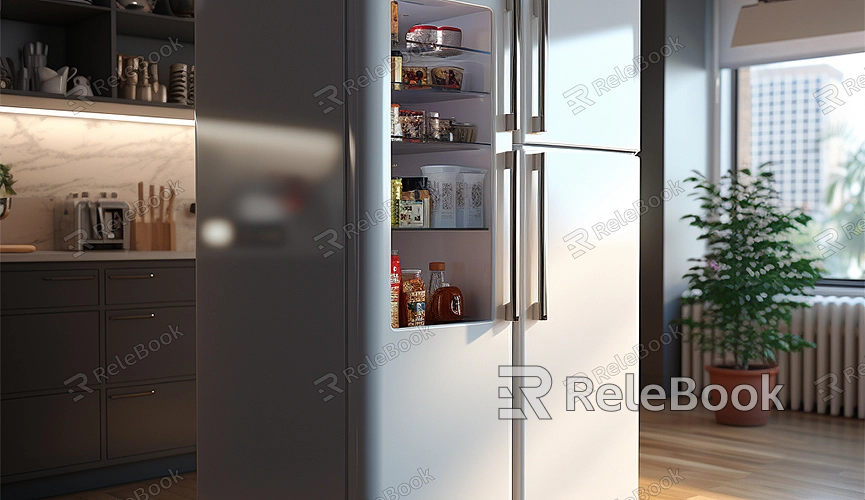How to import textures into blender
Importing textures into Blender is a critical step in the 3D modeling and rendering process, enhancing models with rich details and realism. Textures can range from simple color patterns to complex images, simulating various materials' surface features such as wood grain, metallic gloss, fabric textures, and more. This article will guide you step by step on how to import textures in Blender and offer common application examples to help you understand different textures' characteristics and functions.

Steps to Import Textures:
1. Open Blender and create or select a 3D model.
2. In the Properties Editor, choose the "Material" tab.
3. Click "New" to create a new material.
4. In the "Shader" Editor, use the node workflow to add textures to the material.
5. Select "Shader Nodes" and click "Add Texture," then choose the type of texture you want to add.
6. Use the file browser to select the texture file, which can be JPEG, PNG, or other image formats.
7. Adjust texture mapping and coordinate nodes to ensure proper mapping onto the model.
8. Fine-tune texture details such as color, intensity, and scale using other nodes in the node editor.
Now, let's explore some specific applications after importing textures into Blender:
Application Examples:
1. Architectural Visualization: Importing brick and stone textures for rendering building exteriors enhances realism and authenticity.
2. Interior Design: Import wood flooring and wallpaper textures for interior design models to create cozy home environments.
3. Game Asset Creation: Import textures for various materials like metal armor or grass when designing game characters or scenes, enriching the game world.
4. Product Showcasing: Import leather or fabric textures for product rendering, offering high-quality surface appearances for items like handbags or clothing.
5. Animation Production: Use textures in animation projects to add details to character clothing or scene elements, enhancing animation vividness.
6. Scientific Visualization: Import microscopic textures of cells or tissues aids in displaying complex biological structures for scientific visualization.
7. Historical Reconstruction: Incorporate era-specific material textures like antique bronze or aged wood for historical scenes to add historical authenticity.
8. Natural Environment Simulation: Import textures of rocks, soil, and water surfaces in natural environment modeling to elevate overall natural and realistic scene aesthetics.
Importing textures into Blender and configuring them appropriately is crucial for enhancing rendering effects. Each texture carries specific information and characteristics; meticulous selection and adjustment can render new visual effects in your 3D model work. If you need numerous high-quality textures, they can be downloaded from Relebook and directly imported into your models after downloading.

